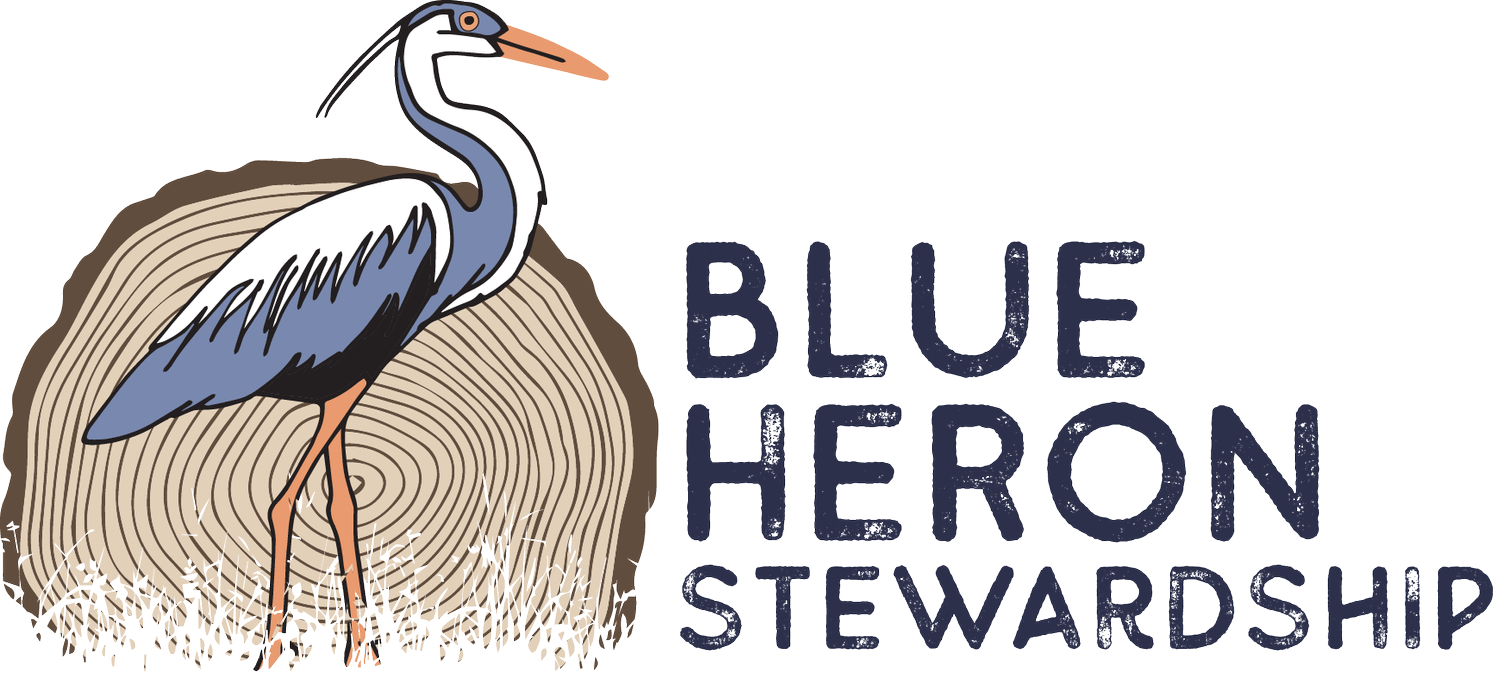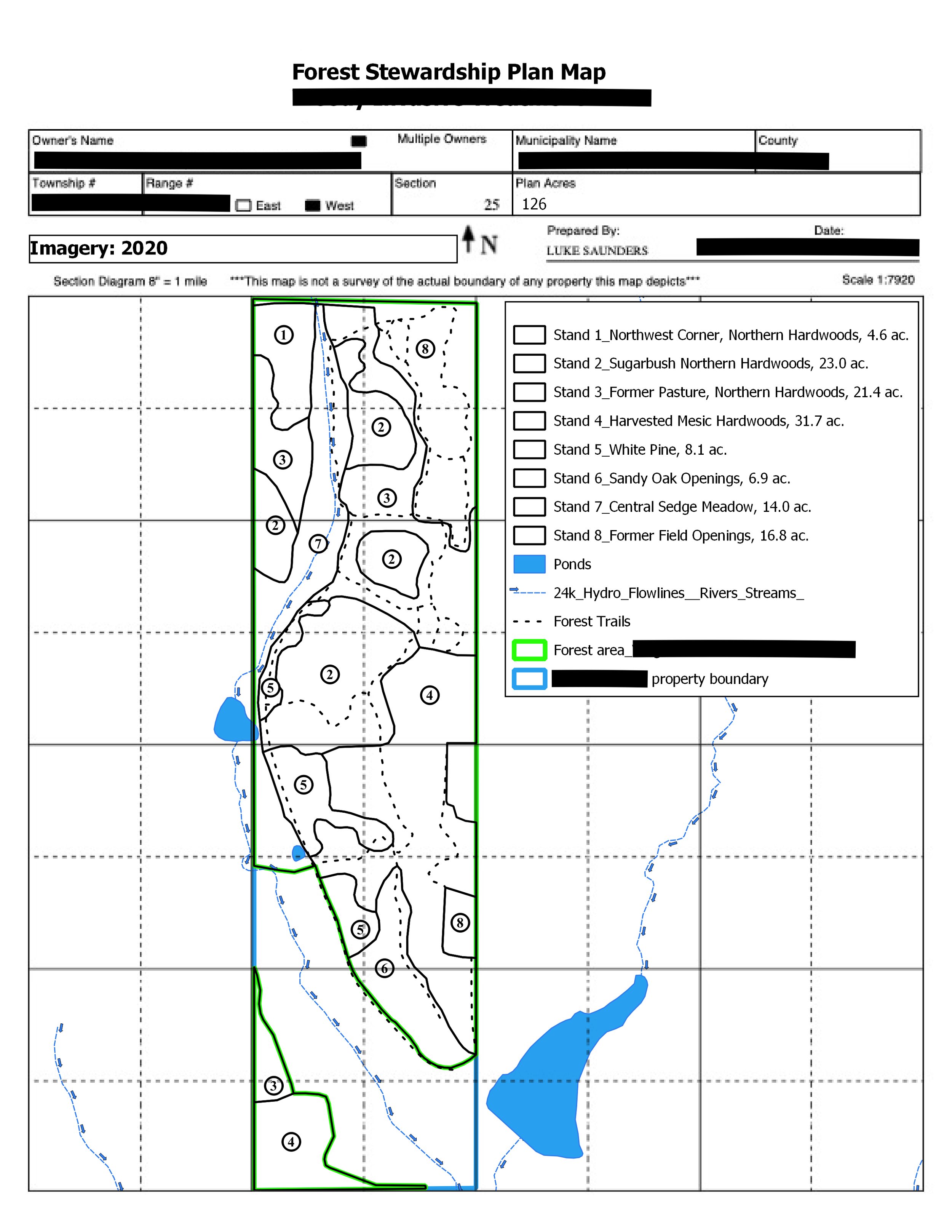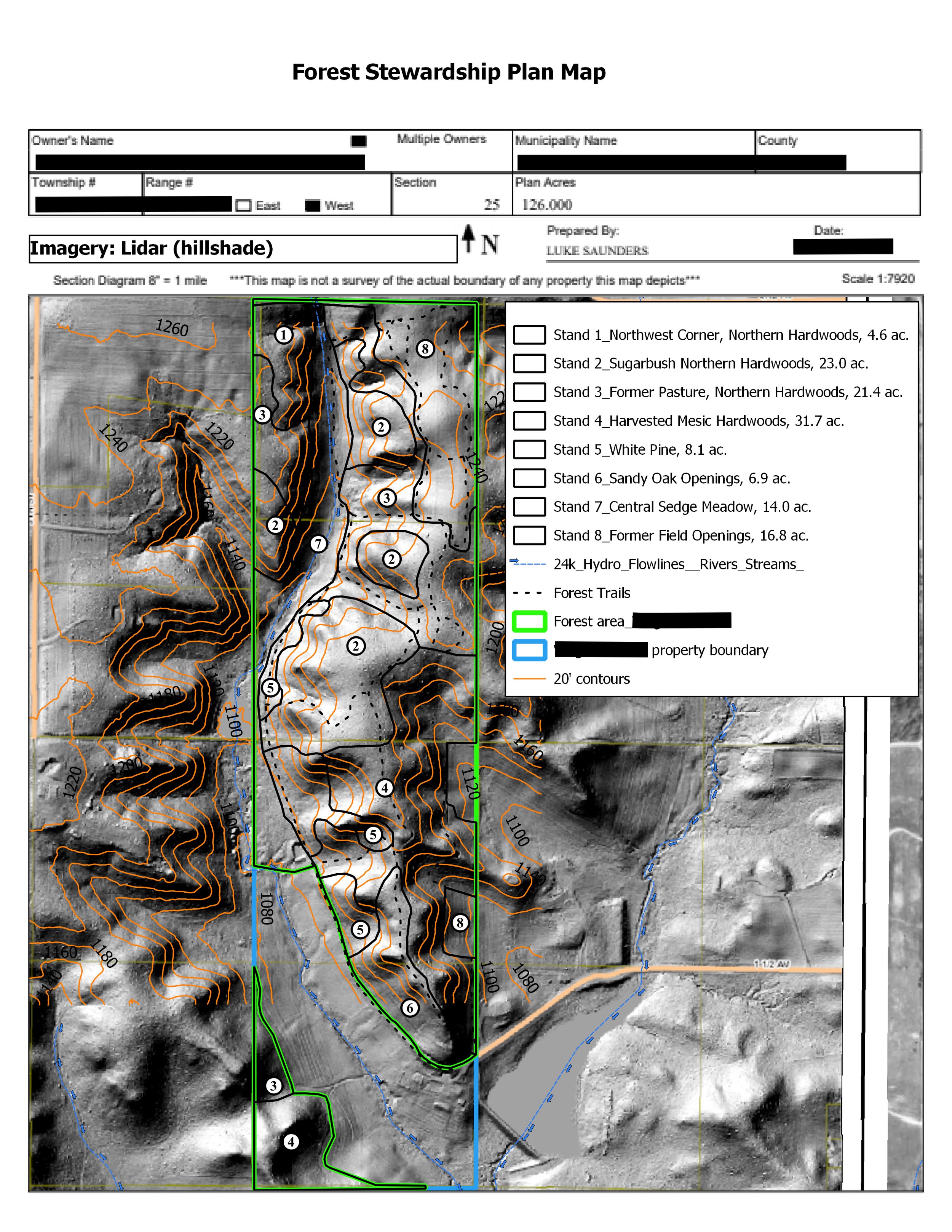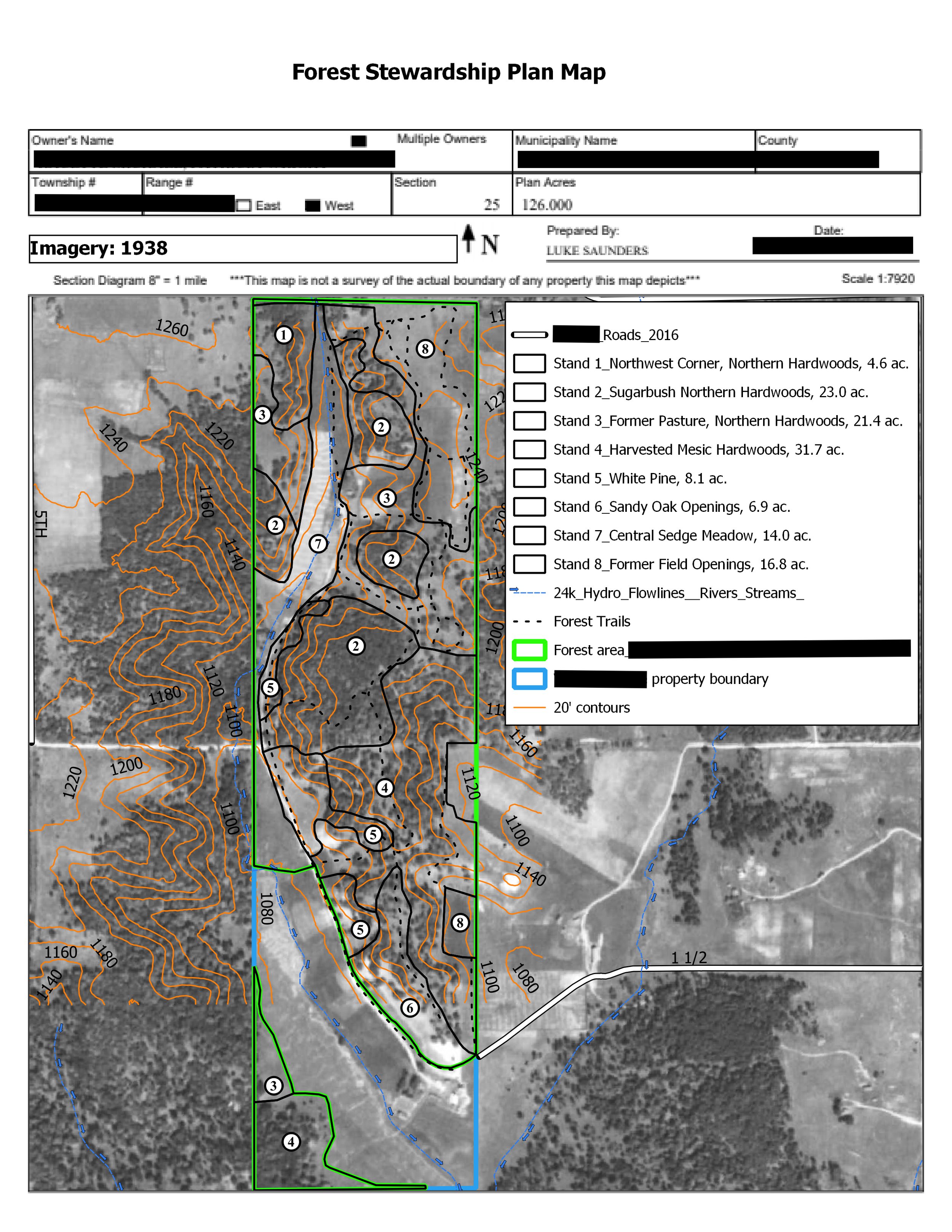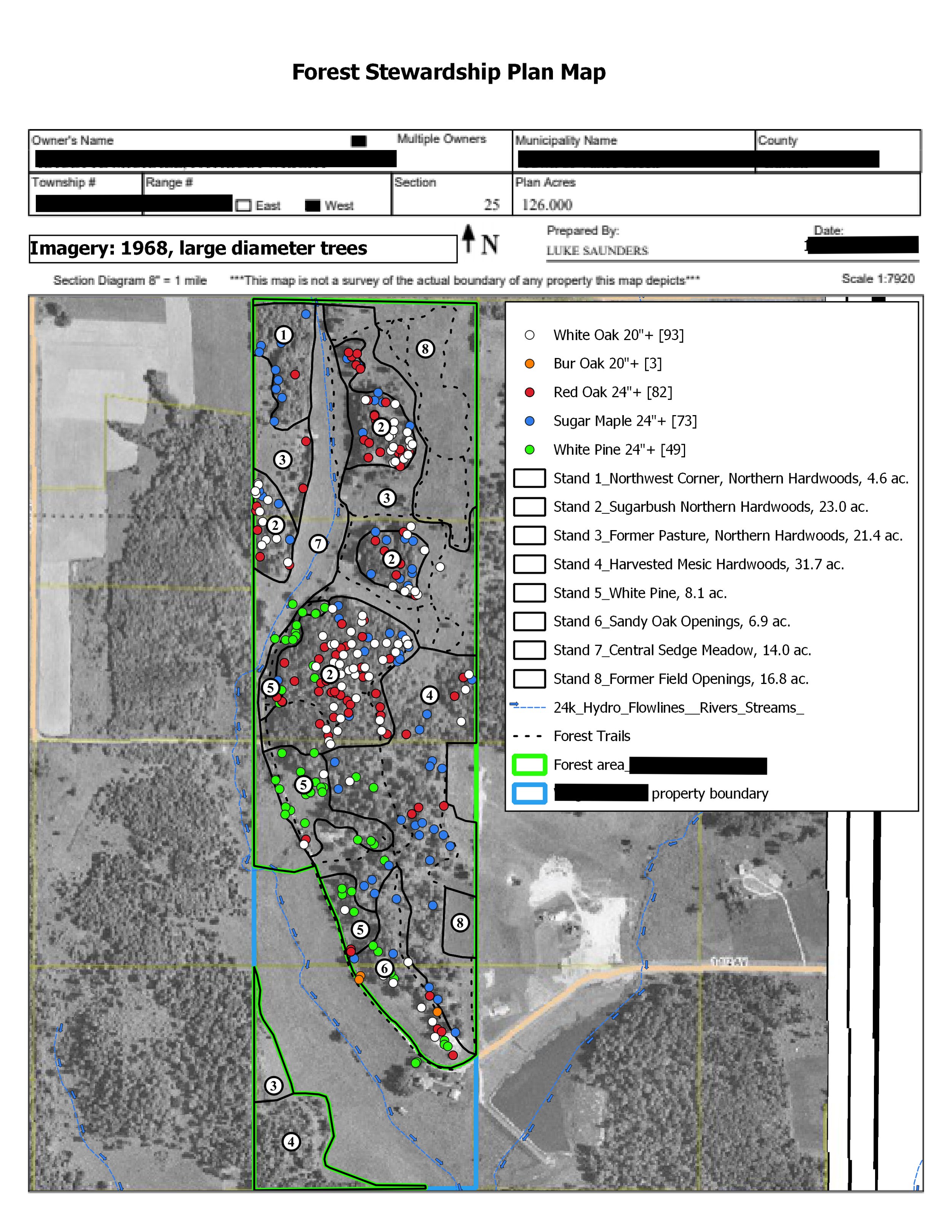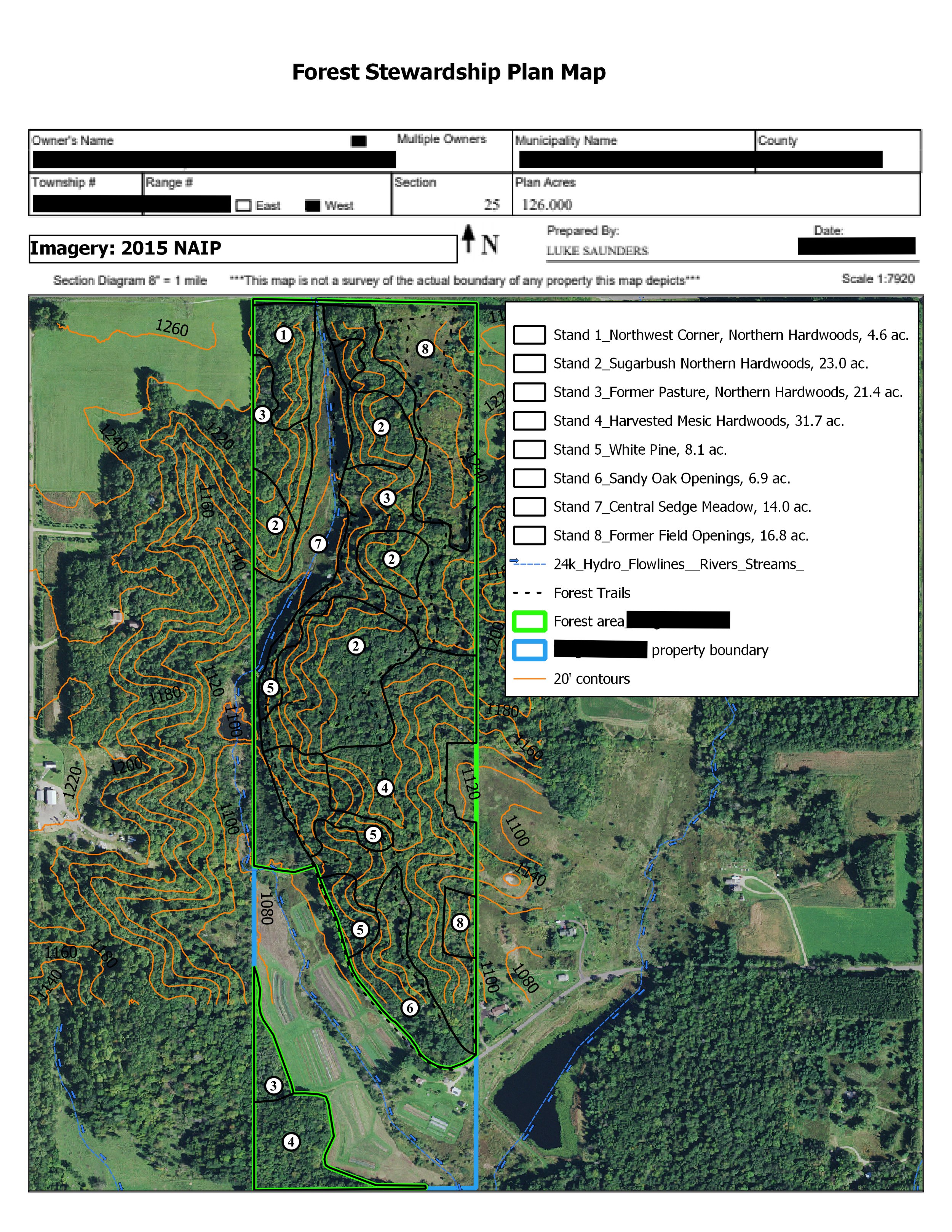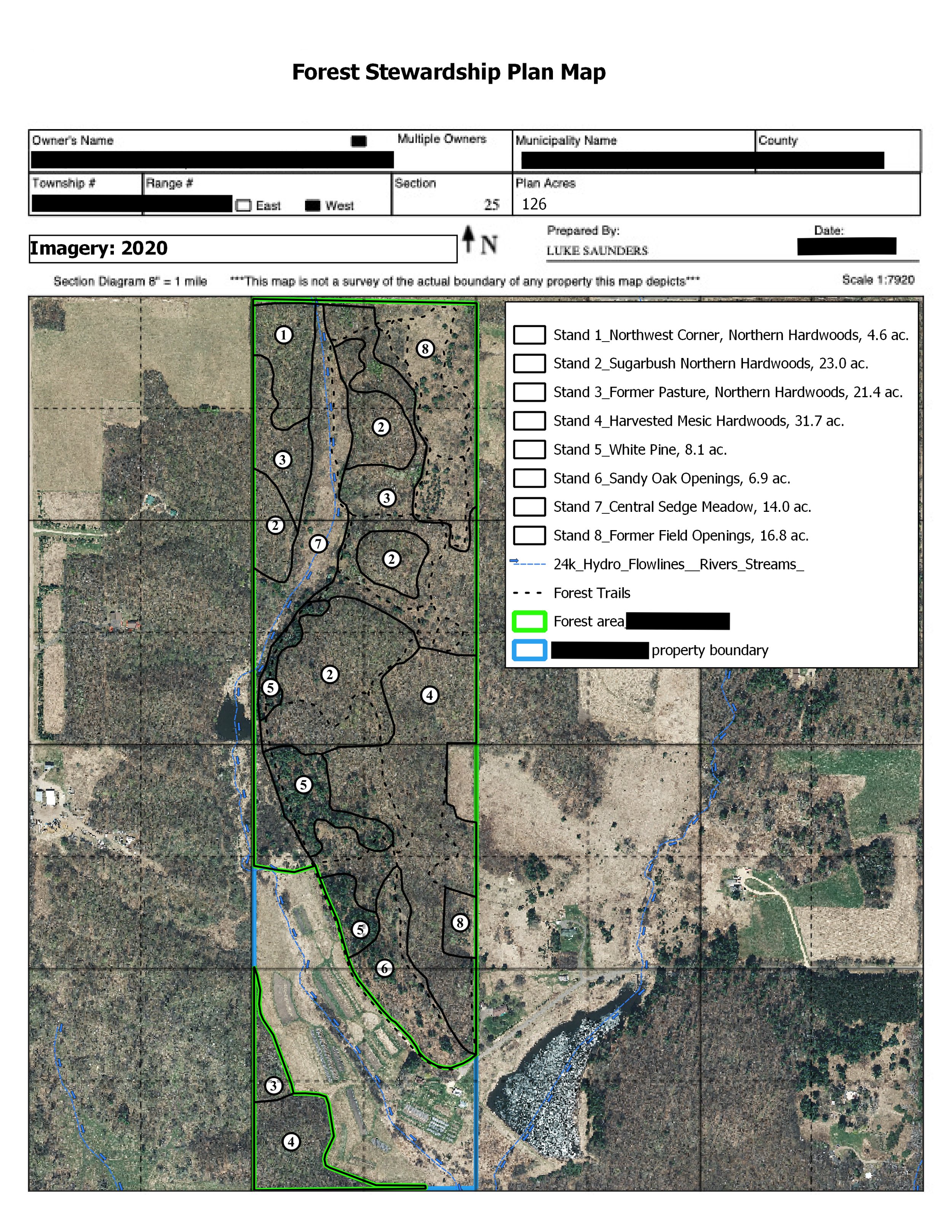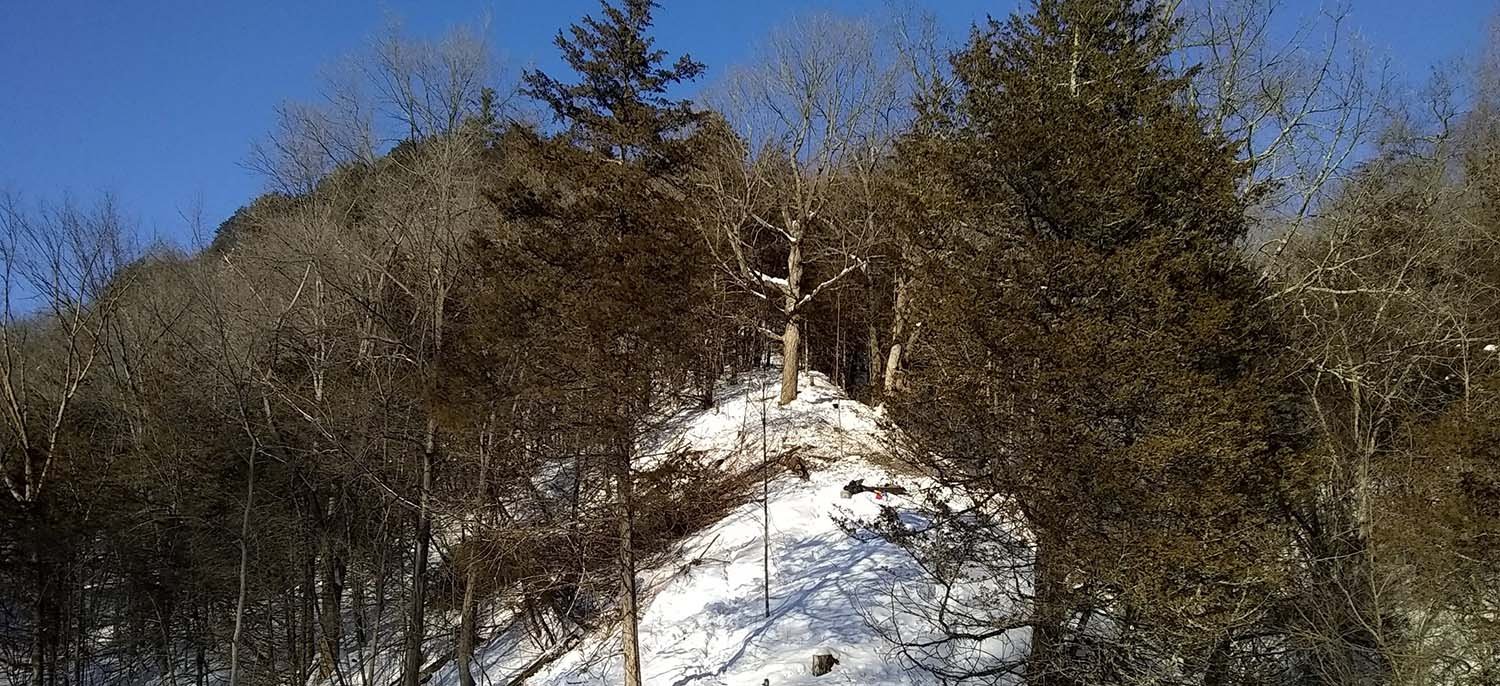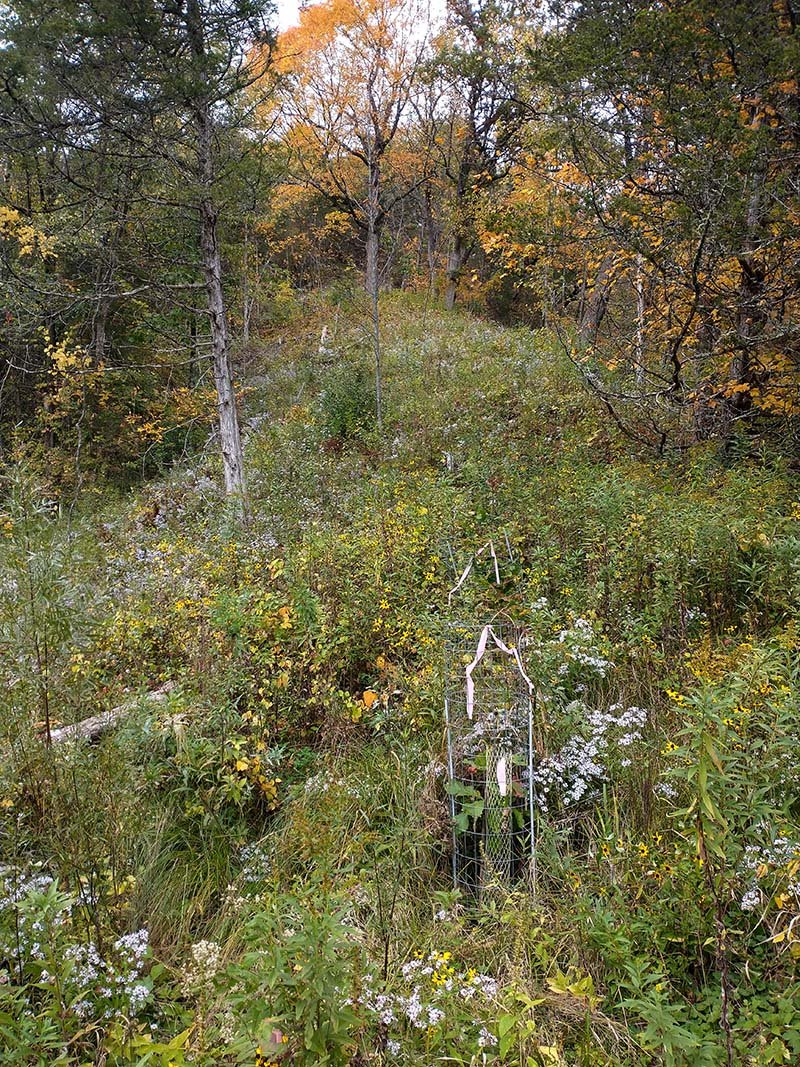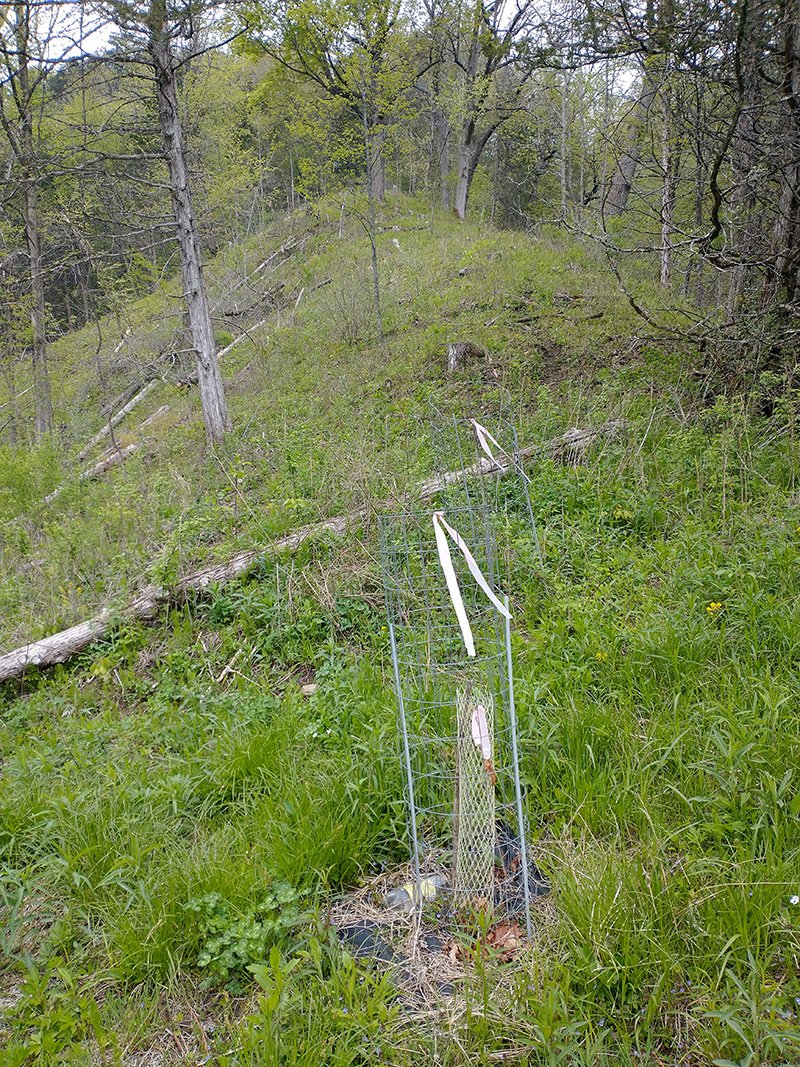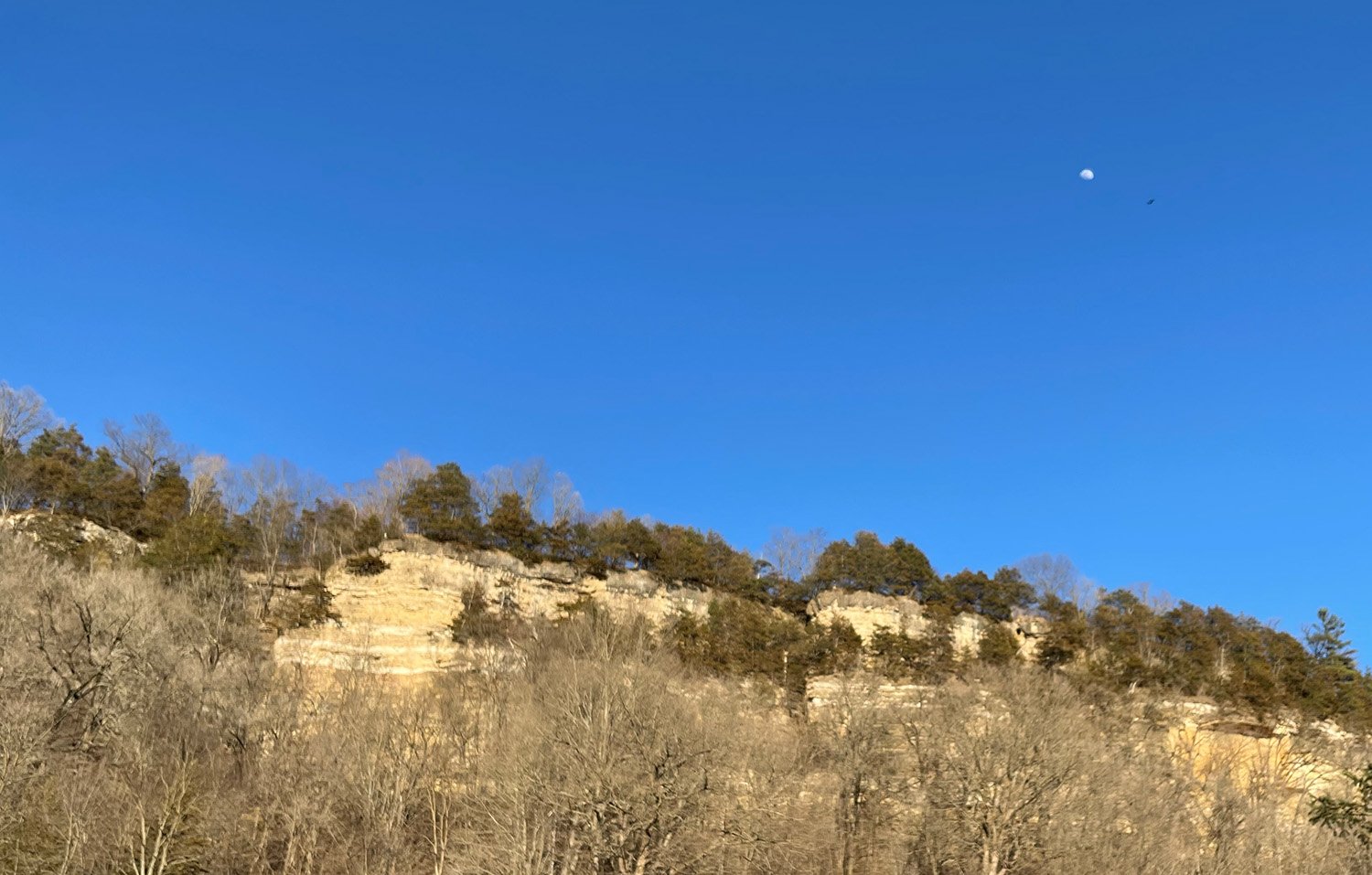
PLANNING

Stewardship Planning involves these steps:
Initial communication with landowner, establishing property history, management goals, specific requirements of the Management Plan (e.g. MFL or EQIP compliance)
Inventory, using accepted practices to measure the composition, quality and quantity of vegetation and other characteristics of the site.
Establishment of Opportunities and Constraints on the property, with consideration for landowner goals.
Data Analysis, with the help of forest industry-specific software and open-source GIS.
Delineating “Stands” or Management Units, with similar characteristics, within the larger property.
Prescribing practices consistent with management goals and current land condition, and realistic given those and available resources (time and money).
Drafting narrative and summaries of all data.
Submitting Draft Management Plan to Client, for review and approval after revisions, if necessary
Completion of Management Plan, submitting to appropriate agency (if applicable)

Luke is a Technical Service Provider (TSP) for writing forest management plans compliant with Natural Resources Conservation Service (NRCS) standards, often funded by programs like Environmental Quality Incentives Program (EQIP) or Conservation Stewardship Program (CSP).
For some landowners, NRCS-compliant plans fit better with their management objectives than the MFL program. Contact us to discuss whether either or both plan types might be best for you!
Luke is a Wisconsin Certified Plan Writer (CPW), certified to write Managed Forest Law (MFL) plans. We work with landowners determine if the MFL program is right for them. The intricacies of the MFL program are many, but some important items to note:
MFL significantly lowers your property tax bill on enrolled acreage
Actual writing of, and practices prescribed in MFL plans may be eligible for state or Federal cost-sharing
MFL plans typically include Mandatory Practices, most often commercial harvests
In some cases, a landowner may want a detailed and fully developed plan, but not wish to participate in any government-funded program.
In other cases a landowner may simply want the basic guidance available from a site visit and report.
All of these approaches are doable.
QUESTIONS?

